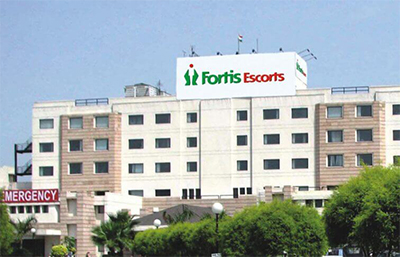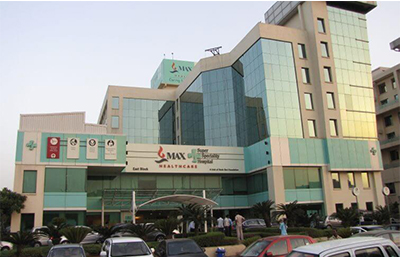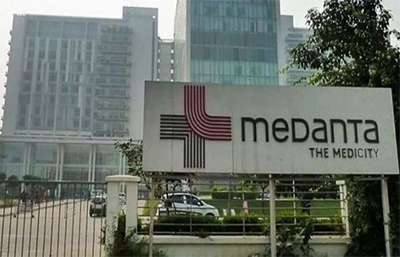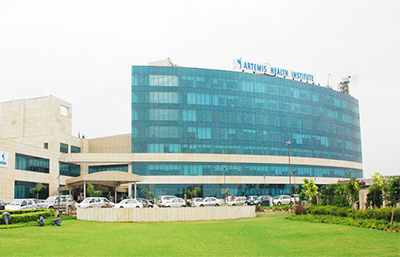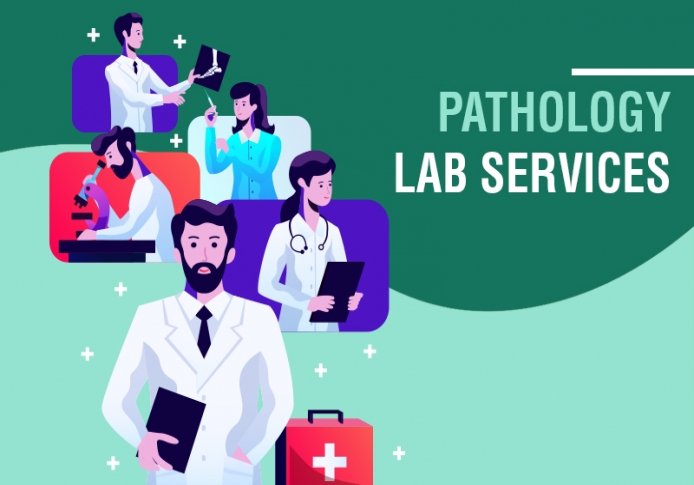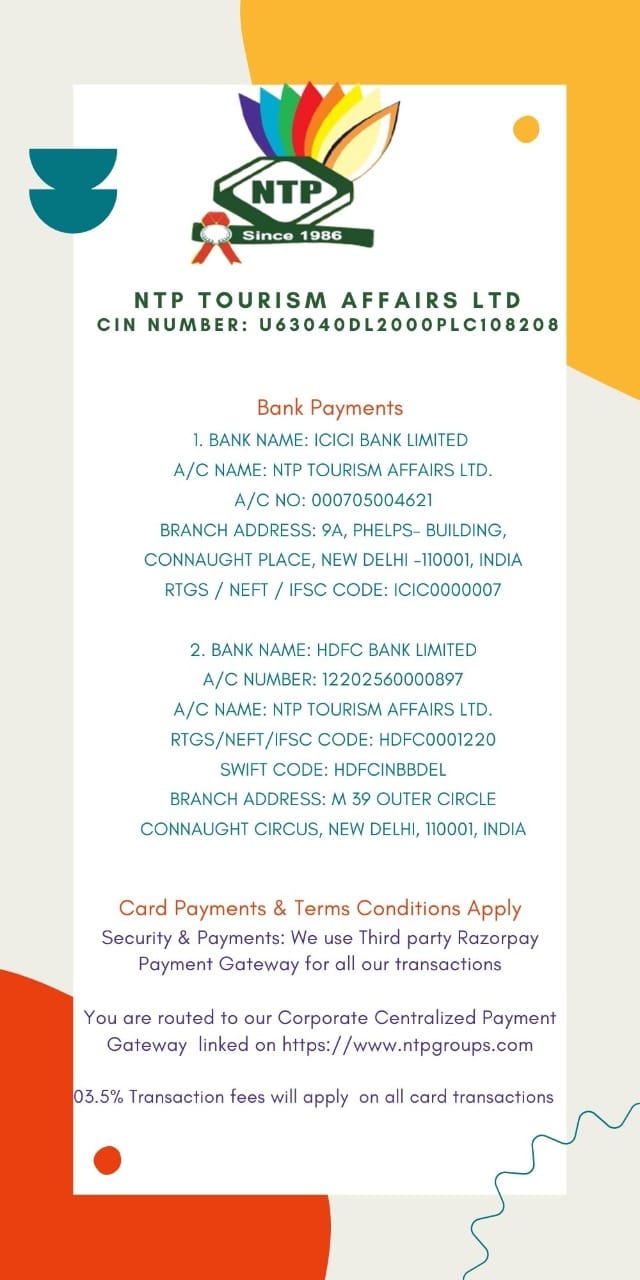Covid-19: A Plan For Tourism To Outwear, Set To Motion, Bloom, & Blossom
For the tourism industry in India, it is not going to be a profession-as-usual and we will need to rework, re caricature, and reshape the business strategy by planning & working out a Healthier India that is SAFE India
The regain of Medical value travel operations will require several hurdles to be crossed where permission from the government to allow the treatment of foreign patients in India. For this we all need to explore all the possible strategies to facilitate a “augment plan” start of international flights that are rendered keeping in mind medical patients and the ongoing pandemic outbreak.
Domestic flight strategy ad update of 2 Sep 2020 - The aviation ministry issued an order on September 2 stating that, "45 percent capacity may be read as 60 percent capacity," modifying its June 26 order where it had put a 45 percent cap on the number of domestic flights. But we need to focus on international flights, in the same way, to lure tourists to India from a foreign land.
The Healthcare industry in India includes hospitals, medical devices, clinical trials, outsourcing, telemedicine, medical tourism, health insurance, and medical equipment. The industry is gaining strength at a high level due to no waiting time, Insurance compatible plans, ease in medical Visa & increasing expenditure by public as well as private industry associates in advertising and showcasing India as a Medical Tourism Destination.
India has extended the ban on international flights till September-end. 2020 Goa’s charter season takes off in October while bookings usually start as early as April-May. This season, however, bookings have been delayed owing to the Covid-19 pandemic.
Once Tourism Open up than would surely lead to the gateway of International Medical Tourism bound to India
Growing cases of lifestyle diseases like Diabetes, blood pressure, thyroid, etc. is leading to the rise in demand for competitive and economical healthcare delivery mediums like, technological advancements with Advances in medical robotics and automation for surgery and rehabilitation, the emergence of online telemedicine, Increase in health insurance policy plans with international initiatives and government initiatives like e-health together, India Medical support to the foreign countries with tax benefits and incentives are the ray of the hope healthcare market in India.
Industry Scenario
The Post-COVID Healthcare industry in India is projected to reach $372 billion by 2022. The Healthcare industry in India comprises of hospitals, medical devices, clinical trials, outsourcing, telemedicine, medical tourism, health insurance, and medical equipment. The Medical Tourism Industry with Healthcare Services is growing at a tremendous pace owing to its strengthening coverage, services, and increasing expenditure by public as well as private players.
The primary care industry is currently valued at $13 bn. The share of the organized sector is practically negligible in this case.
Covid-19 is the biggest challenge that the global tourism sector has faced to date. The United Nations World Tourism Organization estimates a reduction of 58% to 78% in tourist traffic across the world. This means that international tourist arrivals could drop by a billion. Typically, the tourism sector is among the first to be affected and the last to recover during a health crisis. But all the Tourism Operators will have to plan all strategically so that we are able to come up again.
For the tourism sector in India, it is no longer going to be business-as-it use to be earlier and we will need to Outwear, Set to motion, Bloom, & Blossom and change the game plan going forward. It is essential to calculate the impact of Covid-19 and prepare a cohesive strategy involving both the government and the industry stakeholders, which can be categorized into three phases: Survive (short-term), revive (medium-term), and thrive (long-term).
The biggest challenges are to ensure Business is survived and we are able to retain the jobs. The Industry has requested the Centre to facilitate businesses with institutional access to working capital and enable liquidity through a change in the schedule of loan repayments. The Centre intends to help small businesses to reach out to its working capital by underwriting a part of the loan amount.
On the demand side, India has a strength of domestic market which could soften the impact as compared with nations that revolve largely on international tourists. India has the arrival of 11 million foreign tourists that is too small compared to its size and relative potential. In comparison, Dubai's global share is over 16 million tourists. On the other side, 24 million Indian tourists travel abroad each year and spend an estimated $25 billion. We must magnify and extend the special benefit to domestic travel to retain these high-spending tourists, which should not be difficult given the international travel restrictions in place. Most important is to work out the success of this segment with preventive medicine and other medical complementary add-ons to the packages ensuring all the Hygiene and safety for the tourist.
During this revival phase, the slow and steady ease of international travel restrictions would lead to intense competition as all Operators will target the same markets. It is important to look for a nimble and aggressive strategy for specific micro-markets focused on intense localized communication through social media & other advertising platforms.
We need to plan all in a very sensitive and practical manner so that the plan of our products/services and destinations interest and motivate the target markets and audience and ensure it deliver value for money.
The New NTP Healthcare Concierge packages are taking a leap since people living abroad feel that there should be somebody in India who could assist and take care & assist with the Medical Support service of family, parents, and responsibilities.
Although a significant part of the Medical travel will be couched to technology, India should focus on the Promotional Publicity with state support to host a small of the biggest and best global conferences and conventions so that the message spread globally where it is shown “India is safe and is back in business”.
The emerging phase calls for an adaptation to a renewed tourism sector post-COVID-19.
Consumer Preferred and tourism policies the world over are expected to focus on achieving greater sustainability and community orientation, so that the message spread well.
** Even the Medical Equipment’s on hire/rent with fill hygiene are preferred by the clients so that money is saved and things are utilized in an optimum manner.
The Emerging trend will focus on taking cognizance of environmental costs beyond economic costs; destinations that will move towards a zero-carbon footprint along with better levels of hygiene; tour operators and hoteliers gravitating towards more responsible and meaningful experiences through minimizing food miles; showcasing the local for the global, and positioning the host community as the centerpiece of the tourist experience share.
The pandemic has taught us an opportunity to hit and reset the button in order to ensure the tourism sector a sustainable engine for economic growth and development.
Apart from the immediate pain of the pandemic, we should consider this as an opportunity to match the global market needs and make optimal use of this Crisis Phase by planning & implementing for the emerging new trends.
The hospital services with the JCI and NABH monitoring bodies in India, accounting for 80% of the total healthcare share, is flourishing a huge investor demand and supply chain from both International as well as domestic investors. The hospital industry during COVID 19 suffered in one dimension but gained strength gradually on the other side with the upcoming new market mechanism and trendy treatment patterns. Even Hospitals are adopting affluent chartered patterns like Manipal Hospital and Others & overall it is expected to reach $132 bn by 2023 from $ 61.8 bn in 2017; growing at a CAGR of 16-17%.
The Indian Medical Tourism Market is expected to grow from its current size of $3 bn to $7-8 bn by 2021 as people at now adopting to timely check-up through telemedicine mediums from a distance, health insurance companies' new plans, and others. The diagnostics industry in India is currently valued at $4 bn. The share of the organized sector is almost 25% in this segment (15% in labs and 10% in radiology).
